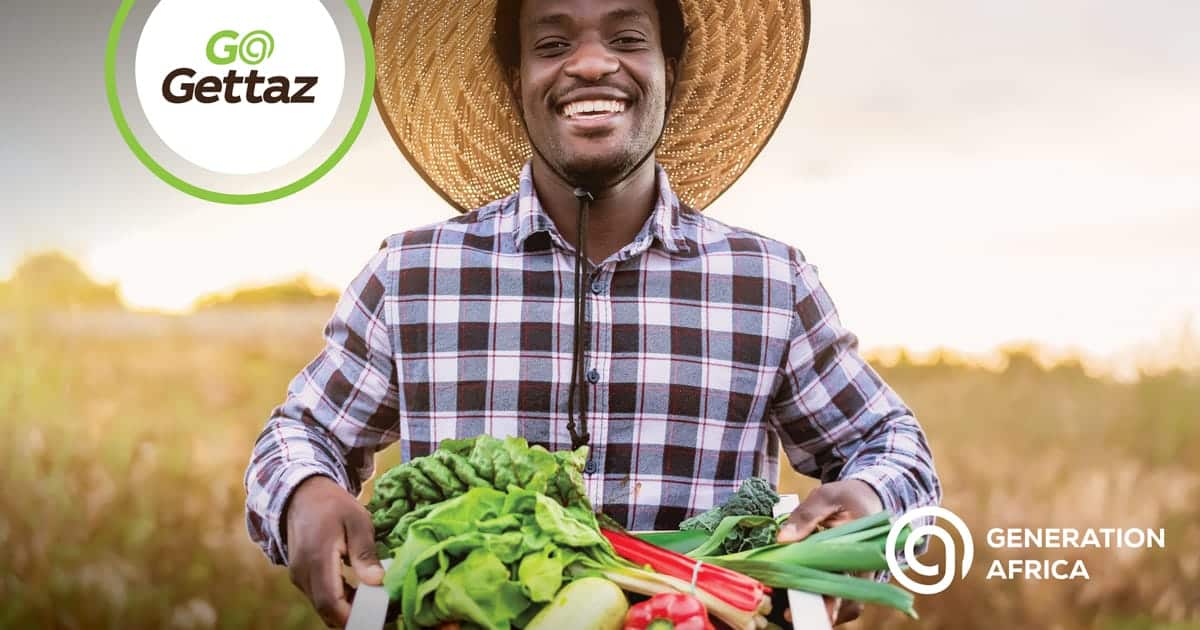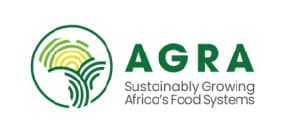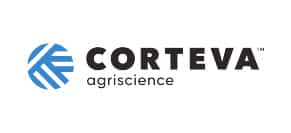Multifunctional agriculture is a great tool to transform rural agriculture into an economically viable human experience.
Thinking about agriculture as an intricately interconnected, multifunctional system is helping policymakers and the private sector to re-assess the actual impact of agriculture on the economy. By integrating the needs of rural communities and the environment into agriculture businesses, agripreneurs are also finding greater satisfaction in their work.
Agriculture is about much more than food and fibre. Beyond the direct commodities produced in the industry, “elements of multifunctional agriculture are: the impacts of agriculture on the environmental state of rural areas, rural landscape, biodiversity on and close to farm land, contribution of agriculture to the socioeconomic viability of the countryside and rural employment, food safety, national food security, welfare of production animals and agricultures’ cultural and historical heritage”, as Kyösti Arovuori and Jukka Kola define it in their research paper.
We have previously overviewed multifunctional agriculture, and we have discussed the role of agriculture and the food system on the health of our communities and its inescapable impact on the environment. In this article we look at some of the economic aspects of multifunctional agriculture and how that intersects with the social and environmental aspects.
The Food Economy
Agriculture is most often regarded in economic terms. At its most basic level, agriculture uses plants to turn fertile soil and sunshine into organic mass that has a value to a variety of different market segments as either food or fibre. Farmers extract the value and trade it for profit in the form of money, inputs, equipment, or more land.
Produce, especially grain staples with long-term storage potential, are traded as commodities, and futures trading based on the predicted outcome of an annual harvest can be lucrative for farming co-operatives. Local agrifood businesses that reach scale become important employers and, like 2019 Gogettaz finalist ReelFruit in Nigeria, they bring foreign capital into the economy by becoming an exporter of locally processed and locally packaged food products.
Scalable local businesses that create local jobs and develop local supply-lines can become pillars of economic stability for their communities. And a mature, diversified agriculture and food processing industry is essential for a country’s food security.
In real terms, the global agricultural economic system is of nearly incomprehensible scale. 40% of the entire land surface of the planet has been converted to farmland.
Agricultural output makes up large portions of the GDP of many African countries. Ranked by the contribution of agriculture, fishing and forestry to their GDP, among the top 40 countries in the world 24 are in Africa. In the Central Africa Republic, Mali, Niger, Liberia, and Ethiopia it accounts for over 30%, and Chad, Sierra Leone, and Somalia ascribe more than 50% of their GDP to agriculture, fishing and forestry.
Making Rural Farming an Economically Viable Option
With such a far-reaching impact, it is easy to see that agriculture is one of the biggest sources of income for people on the continent. By some estimates, 60% of the people on the continent are involved in agricultural activities as smallholder farmers.
That is why agricultural entrepreneurship has been recognised as the most direct route to alleviate rural poverty. Governments, international development organisations, non-profits and socially-minded private sector organisations are convinced that robust and responsible development of agripreneurs can lead to sustainable rural development, food security and an improved quality of life.
But rural development, the eradication of hunger, zero poverty, and an end to malnutrition won’t just happen because someone said farming is the solution.
Many, if not most, rural farmers do not have the skills and resources required to run a farming business at peak efficiency. Think about all the agronomic data, equipment, financial backing, access to inputs and resources, logistics infrastructure like vehicles and cold-chain management, marketing knowledge, offset points, and multilingual fluency, required to turn a seed into a vegetable and get it to a consumer before it rots.
Luckily these gaps are being addressed by a new type of digital agripreneur. Companies like 2020 GoGettaz Winner Phema Agri, a Tanzanian digital agriculture investment platform, turns rural farmers into viable farming businesses. They do not only provide smallholder farmers with blended finance. They de-risk their investments by training farmers in efficient, climate-smart agricultural practices, and by providing access to markets via offtake contracts at pre-negotiated at premium prices.
Rural Farmers Hub, a 2021 Gogettaz Impact Award winner, helps farmers to overcome the boundaries of legacy farming practices. Their platform provides affordable access to precision farming data that helps farmers reduce input costs and maximise yield. By linking farmers to their network of digital finance service providers and mechanised farming equipment they make rural farming more efficient and more profitable.
Agriculture Economy Meets Society
In a healthy multifunctional agriculture system, the cultivation and commercialisation of traditional foods once again finds prominence. For one, crops that evolved locally are an important part in the climate puzzle because they tend to be more resilient to climate shifts. And that is great news for people who love the superior flavours of the African grains like fonio and tef. African crops like sorghum, casava, and pearl millet have even been biofortified by HarvestPlus in an ongoing campaign to fight malnourishment in developing countries.
Companies that bring traditional foods into the commercial market have often caught the judges’ attention in the GoGettaz competition. The very first winner of the GoGettaz Agripreneur Prize in 2019, Maungo Craft in Botswana, uses discarded marula fruit from the cosmetics oils industry to create award-winning preserves and hot sauces. Senegalese baby food manufacturer Le Lionceau, a 2019 finalist, uses baobab and fonio in their nutritious recipes. In the last rounds of the 2020 competition, Nigerian Phronesis Foods put Ukwa (African Breadfruit) on the menu year-round thanks to their special drying techniques, and Mhogo Foods in Tanzania process casava into gluten-free flour, crisps, starch and animal feeds while also training and supporting farmers.
Agriculture Economy Meets the Environment
Valuation of environmental services becomes a big consideration where the food economy meets the environment. This has obviously been of little concern for thousands of years, but with the undisputable scientific facts on the table, the environmental impact of every human activity must be included in the actual cost of our industries.
That is why companies like FarmCorps, 2019 Gogettaz finalist only works with farmers who are using sustainable practices to grow produce, and OBRI Tanzania trains women smallholder famers in sustainable land use, and organic and environmental standards. Even though OBRI needs their farmers to grow sunflowers for their oils, they are committed to a healthy agricultural ecosystem. They provide their farmers with test fields for crop experiments and provide training on beekeeping and resource conservation.
These efforts aren’t just to meet some idealistic social responsibility goal. In a study published earlier this year, researchers looked at the soil health and nutrient density in food produced on conventional farms in comparison to regenerative farms. As you might expect, “regenerative farms that combined no-till, cover crops, and diverse rotations—a system known as Conservation Agriculture—produced crops with higher soil organic matter levels, soil health scores, and levels of certain vitamins, minerals, and phytochemicals.” In turn the healthy soil produced more nutritious crops with a “higher density of mineral micronutrients,” and livestock grazing on these farms produced higher-quality meat with a better fatty acid profile.
The answer for our future food system lies in the overlap between the needs of our society, our environment, and our economy. Creating a fulfilling human experience through lifestyle diversity based on the multifunctional agriculture model, rural development can flourish in a system that combines nature-positive, environmentally sustainable farming practices, the long-term societal health benefits of nutritious food, and the economic potential of distributed food production to eradicate poverty and hunger.













